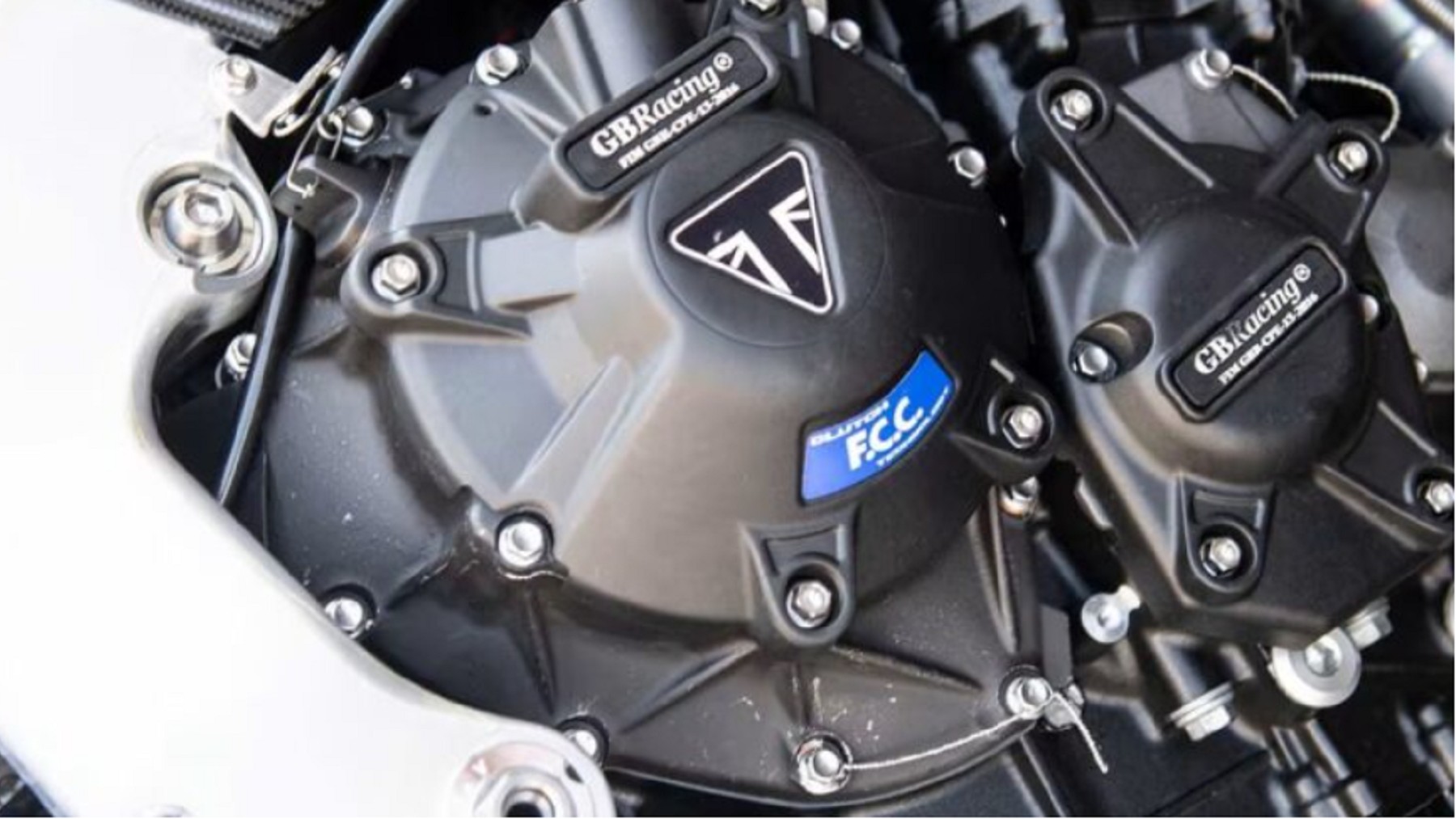The first motorcycle engine without gasoline or electricity: it runs on something better

Sustainable mobility is not just for cars, although they are the ones we pay most attention to. The key is also for other personal mobility vehicles, even if one of them would never have run on a fuel that now does. We are talking about the first motorcycle that runs without gasoline or electricity, but with something better that will revolutionize transportation.
The new fuel that will revolutionise the roads: goodbye to EVS
Transport is going through a transformational period which will define a new era in vehicle engineering since companies fight for the replacement of cars which run on gas.
One of the most attractive technologies is the hydrogen fuel cell vehicles, which hydrogen gas and oxygen and use treatment to produce energy. Hydrogen has been one of the zero emission fuels widely praised for a long time and could help in addressing Environmental pollution problems like fossil fuel burning emissions which are said to be the main cause of climate change. One of the latest pushing ahead comes from Japan's motorbike manufacturer Suzuki.
During the last week of September, Suzuki revealed their new hydrogen-powered model, which is a modified version of their popular Burgman scooter. The hydrogen Burgman shows us a rough patch of what it could be like when electric-powered quiet and clean-scooters and motorcycles powered by hydrogen replace what we now have which are loud and harmful fossil-fuel operated models.
The new motorcycle that runs on a futuristic fuel: attention to what it uses
Suzuki has developed a hydrogen fuel cell version of its popular Burgman scooter model. The hydrogen Burgman uses a fuel cell power unit that converts compressed hydrogen into electricity to power the electric motor.
Some key specs and details on the hydrogen Burgman:
- Uses a compact fuel cell that generates electricity from hydrogen to power the electric motor. This eliminates the need for gasoline.
- Has a range of approximately 100 miles on a full tank of hydrogen. Refueling with hydrogen only takes a few minutes.
- Reaches a top speed of 60 mph.
Acceleration is comparable to the standard gasoline-powered Burgman.
- Only emits water vapor as exhaust, resulting in zero CO2 emissions. This makes it much cleaner than gasoline engines.
- Weighs about the same as the standard Burgman despite the additional fuel cell components.
Overall, Suzuki's hydrogen Burgman demonstrates the viability of fuel cell vehicles. It provides scooter performance and convenience without tailpipe emissions.
The use of mature scooter components also helps enable faster development compared to a completely new vehicle design.
The Suzuki Burgman, a history of success using hydrogen as a main fuel
Suzuki's hydrogen Burgman scooter represents the culmination of over a decade of research and development into hydrogen fuel cell vehicles. The company first unveiled a hydrogen-powered concept scooter called the Suzuki Burgman Fuel Cell back in 2007. In 2015, Suzuki unveiled a more advanced version called the Burgman Fuel Cell 3.0, which relied solely on a hydrogen fuel cell and high-pressure hydrogen tanks for power.
No lithium-ion batteries were used. This model had a range of around 100 miles on a fill up. The latest hydrogen Burgman showcased in 2021 builds on Suzuki's experience with these earlier prototypes.
It demonstrates the progress Suzuki has made in developing practical hydrogen fuel cell powertrains for two-wheelers.
As you have seen, this hydrogen motorcycle is intended to be the future of a vehicle that has received the new engines quite late compared to cars.
In fact, until recently there was not even a legal framework for using this fuel in motorcycles, although now it has been given a boost that will lead to full decarbonization, which is what we are looking for.